
Playlist:
Silent Night (vocal) Matt Andersen 3:18
Silent Night (instrumental) The Sackville All Stars 5:41
I can already hear you thinking:
Shame on you, Bill! On the first day of this year’s series you promised, and I quote: “my selections will not be the mainstream ‘Christmas Classic’ songs.” (emphasis added) And now you have included not just one but two versions of what has to be the most famous and widely-sung Christmas song in the whole world? What were you thinking? Can I ever again trust you to tell me the truth? What about all those incredible things that you say about the history of the songs? Are those all lies too?
Actually, you have taken that quotation out of context: What I really said was that “most of my selections will not be the mainstream …” (emphasis added) and I went on to say: “…when I do include a holiday favourite it will be musically a very good interpretation of it.” Personally, I think that both of these qualify as very good interpretations.
As for the verity of what I tell you about the background of the songs, I do try hard to keep that information accurate. Besides online sources I have developed a small library of reference books about the history of Christmas and Christmas music, and have also developed a pretty good sense of which sources are based on reliable research versus those that just re-tell the legends.
For example, you might have heard that Silent Night was written as Stille Nacht, heilige Nacht by a German pastor and his choir-director over a mere few hours on Christmas Eve 1818 because the church organ had broken down due to bellows-chewing mice. That is the common legend for this weihnachtslieder (German word for Christmas folk song.) But that story is mostly untrue.
The words were indeed written by Father Joseph Mohr, the young assistant priest of St. Nicholas church in Oberndorf, a small town near Salzberg, and the tune was indeed written by Franz Xaver Gruber, the local schoolteacher who moonlighted as the church's organist. However, they were both Austrian, not German, and it was no last-minute composition by its authors.
Mohr had written the poem two years earlier, and its musical setting was commissioned well in advance of Christmas Eve. The organ was indeed non-functional but that was because of rust: St. Nicholas church was chronically damp because it was near the Salzach River. Since the organ would not be repaired until the following Spring, Mohr brought his poem to Gruber for a musical setting a good six weeks before Christmas. It is true that Gruber whipped off his an arrangement for two voices and a guitar in only of a few hours, and Mohr and Gruber sang it for the Christmas Eve church service.
The song might have been forgotten long ago but when the organ repairman, Karl Mauracher, came in the Spring he secured a copy and began sharing it with other congregations in the Tyrol region that had unreliable organs. Before long it was brought further afield by becoming part of the repertoires of the very popular singing Strasser and Rainer family vocal ensembles.
The Strassers, who were based in Zillerthal, the home town of the organ repair guy, performed it at the Leipzig Fair in 1831 and before the King of Prussia in 1834, and from there it went viral in the German Confederation (which is why we think of Silent Night as having a German rather than Austrian origin.) The wider-travelling Rainers were the ones who brought it to international attention, especially when they sang it at a concert in New York in 1839.
All of this was documented by an 1854 study that had been commissioned in Germany to study the origins of the song which had quickly become something of a national treasure. Before that thorough and definitive investigation it had been widely assumed to be a Tyrolian folk piece. I assume that the government was not pleased that the commission proved that the song had an origin in a German-speaking province of Austria rather than in a place within Germany.
By the way, the original lyrics are only somewhat similar to the song that we hear in English, and it is the English version that has spread world-wide and been translated into at least 300 languages (i.e., more languages than there are countries.) The poetic English version that the world has come to know and love was a 1863 translation by an American Episcopal priest named John Freeman Young.
Unfortunately, this is a case where the truth is less interesting than the popular legend. I rather wish that I hadn't continued my research beyond the commonly-accepted tale of triumph over adversity.
The instrumental version is performed by four jazz musicians who often performed together, and in this case became the session musicians for this now-classic Christmas album recorded by the now-defunct Toronto label Sackville Records. It was the very first CD that I ever bought. I heard it at a friend’s house in midsummer 1995 and loved it (even though I am not usually a jazz fan.) I had to buy a CD player too so that I could play it and the other new CD albums that were being released because vinyl records and cassettes were rapidly going out of fashion at that time.
Actually, it was my having this new album along with a bunch of vinyl Christmas records that inspired me to send out a “mix tape” of Christmas songs and tunes as my Christmas card for friends and relatives later that year, and which in turn led me into this hobby. Before that I had no particular interest in Christmas music.
The musicians are all now deceased but they truly were “all stars” and this album is still one of the best-selling jazz Christmas albums. They are Jim Galloway on the soprano saxophone, Ralph Sutton on piano, Milt Hinton on bass, and Gus Johnson on drums.
This refreshingly-spare vocal version is sung by Toronto-based blues guitarist and singer-songwriter Matt Andersen. I’ll tell you more about him in a few days because I plan to include one of the songs that he wrote in a set.
Silent Night is a must-have on almost every Christmas album (unless it is a second Christmas album for a performer in which case they probably already had it on their first one.) The interpretation needs to be fairly conservative because we are rather set in our expectation that this particular Christmas classic must be treated with the greatest of respect. But it is also inherently a showpiece song since the performance will be compared to every other one that a listener has heard. Record producers usually handle this by using one of the classic arrangements and backing up the singer with everything they’ve got available (up to and including a philharmonic orchestra and the Morman Tabernacle Choir.) I like that Matt Anderson took the different path.

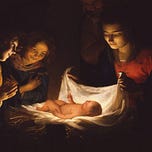

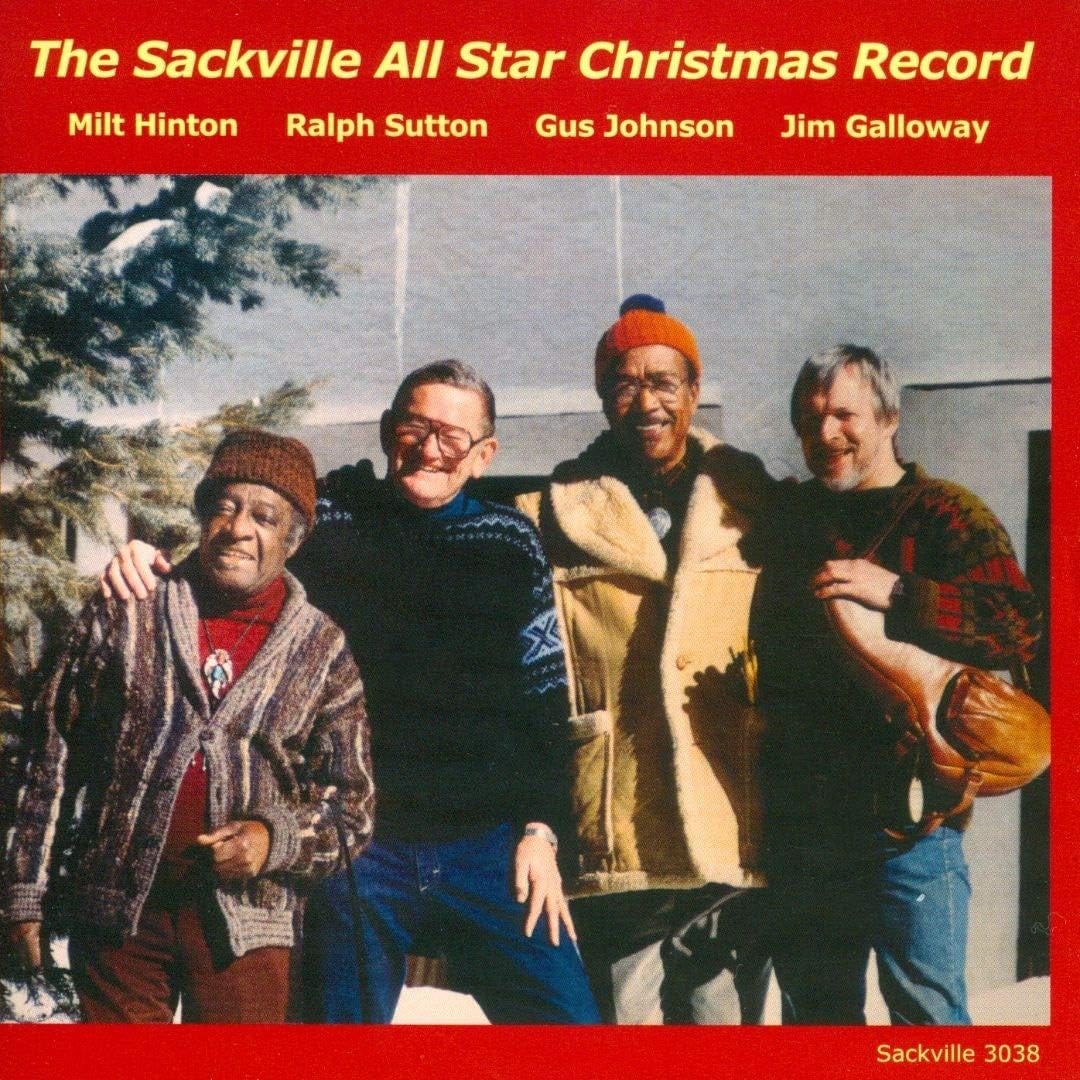
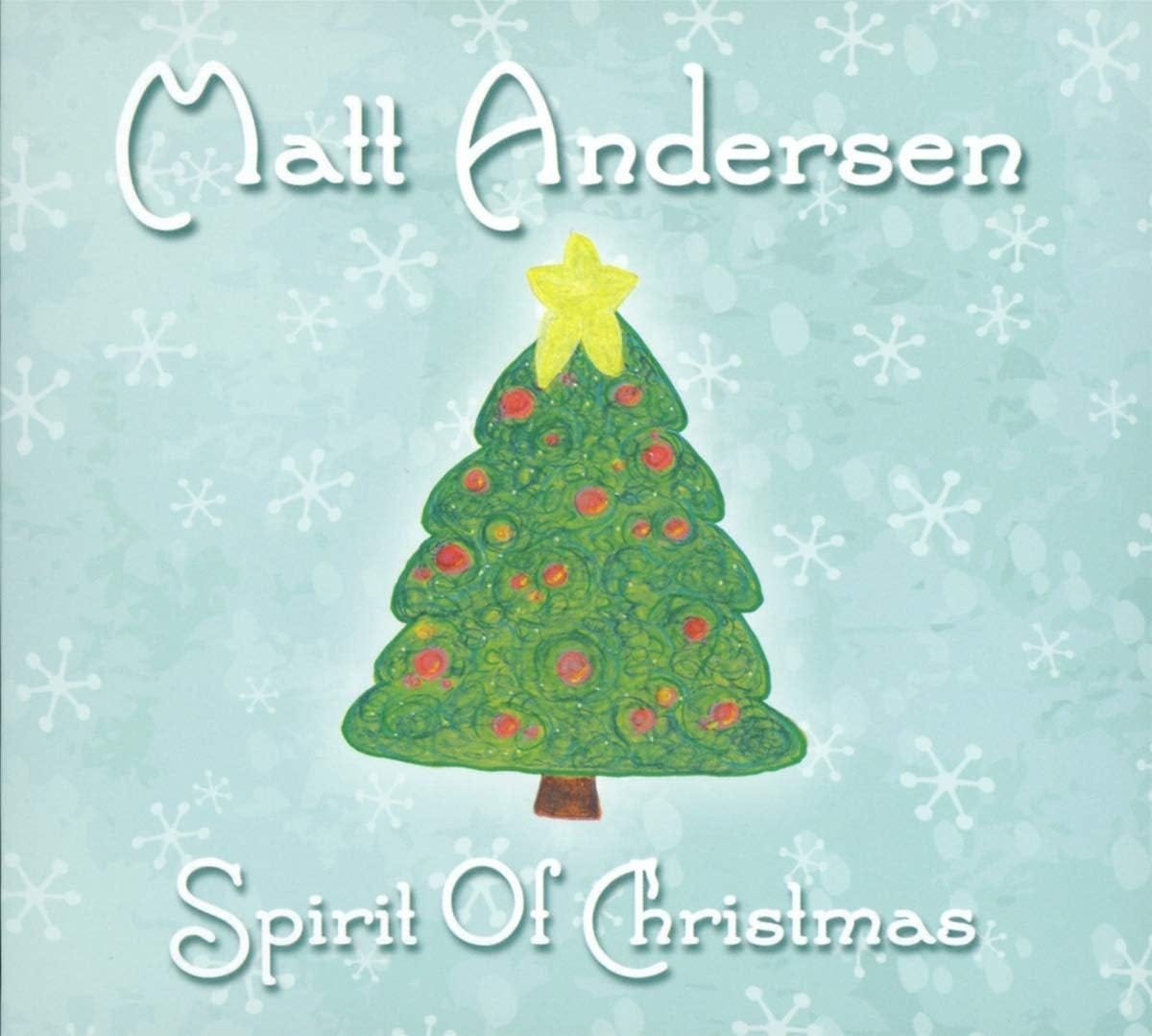

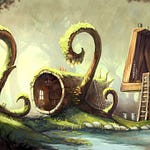




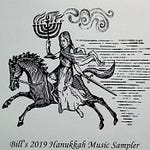
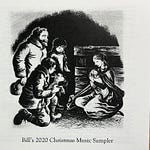

Share this post